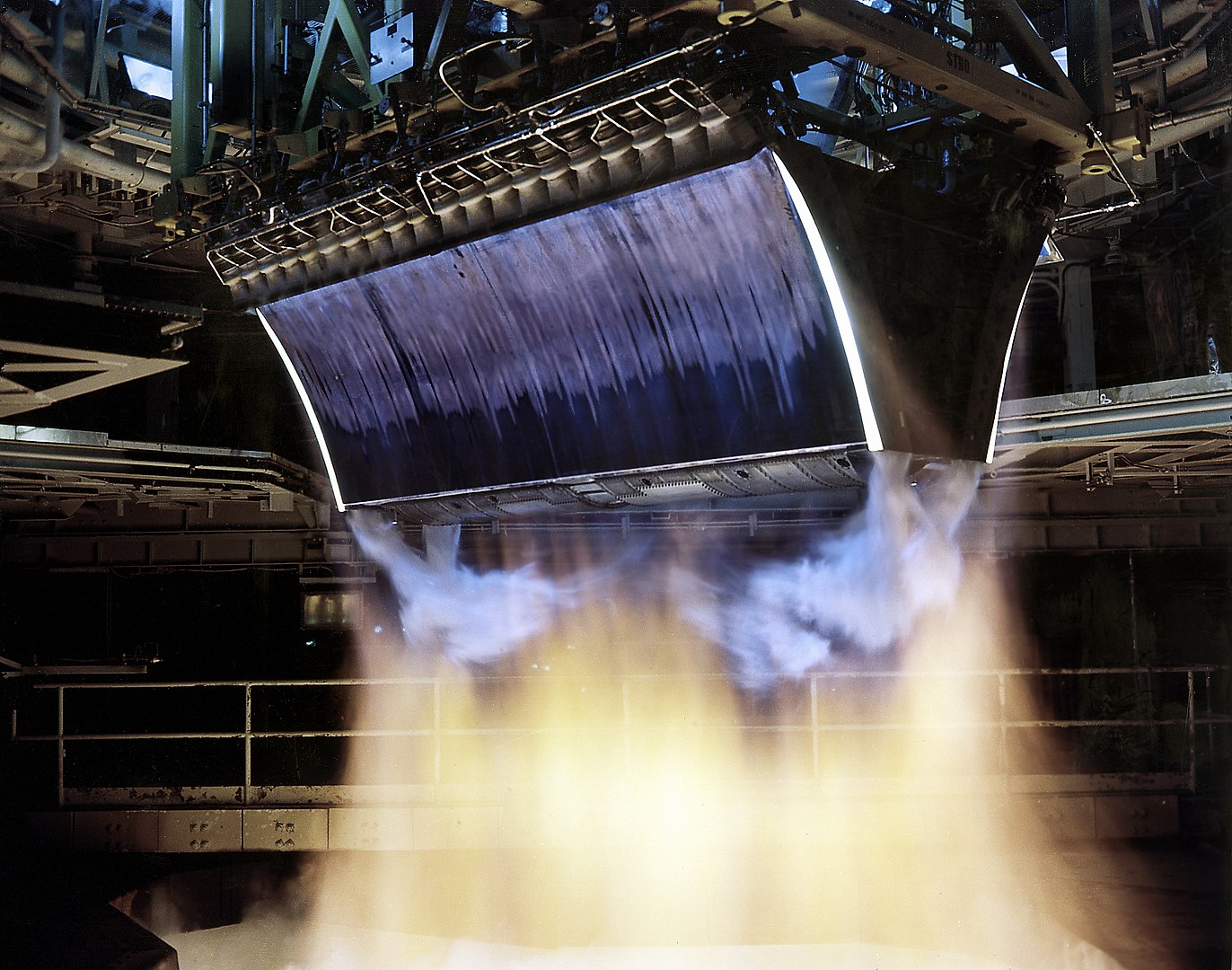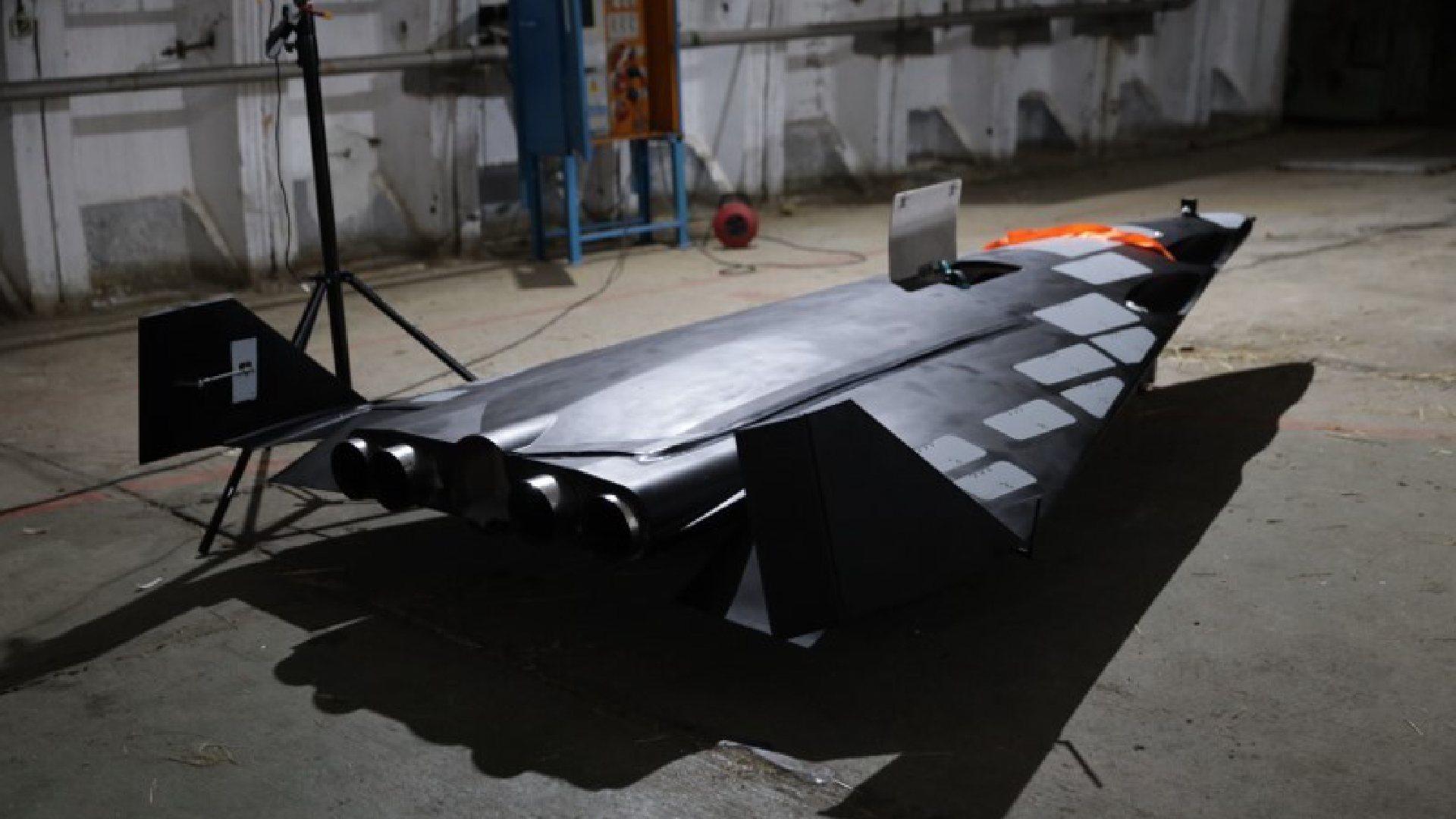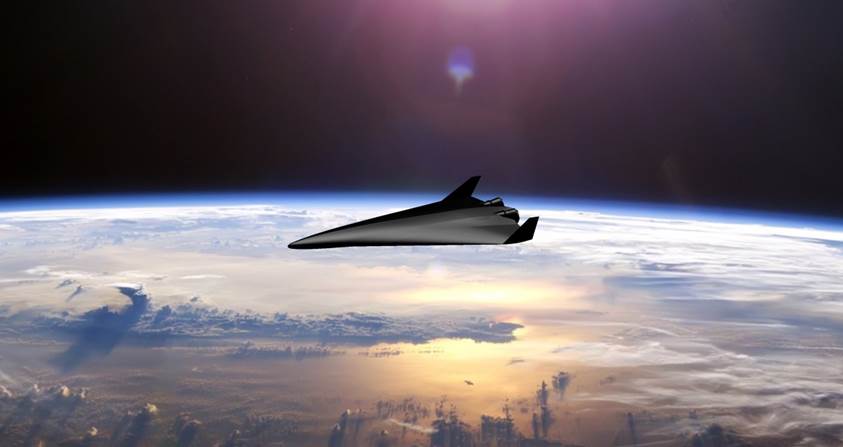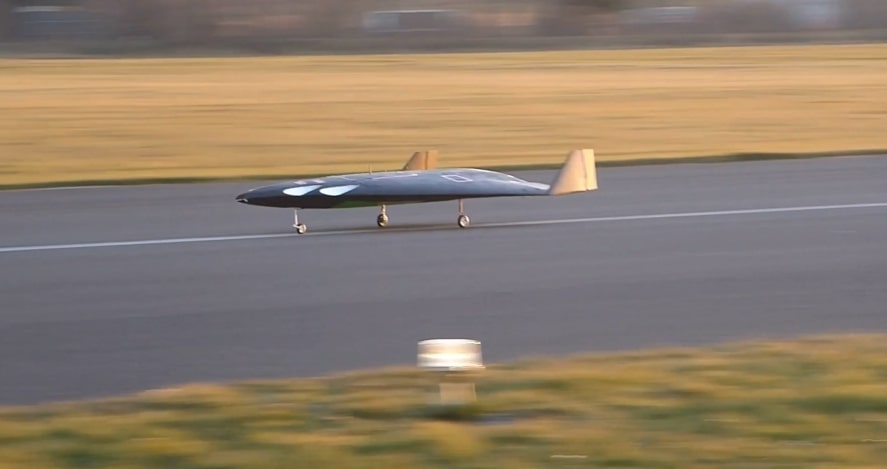
DLR spinoff POLARIS receives order from German Armed Forces
Published on Tue, 27.07.2021 – 14:15 CEST in Upstream, covering POLARIS RaumflugzeugeInitial concepts for the reusable Aurora spaceplane were already developed between 2015 and 2018. Now Polaris Raumflugzeuge has been commissioned by the German Armed Forces to investigate its use.
It was announced today that the RDRS (Rapid Deployable Reconnaissance System) project will investigate the technical and operational characteristics of the vehicle and the mission, as well as regulatory and certification aspects. The time frame for this is set at 4 months, and the contract is worth around 250,000 euros. As Dr.-Ing. Alexander Kopp, CEO of POLARIS Spacecraft, told Astrodrom in an interview, a flight demonstrator is planned, but will not be realized until a later phase of the project. Translated with www.DeepL.com/Translator (free version)
Propulsion with aerospike engine? An option for the future.
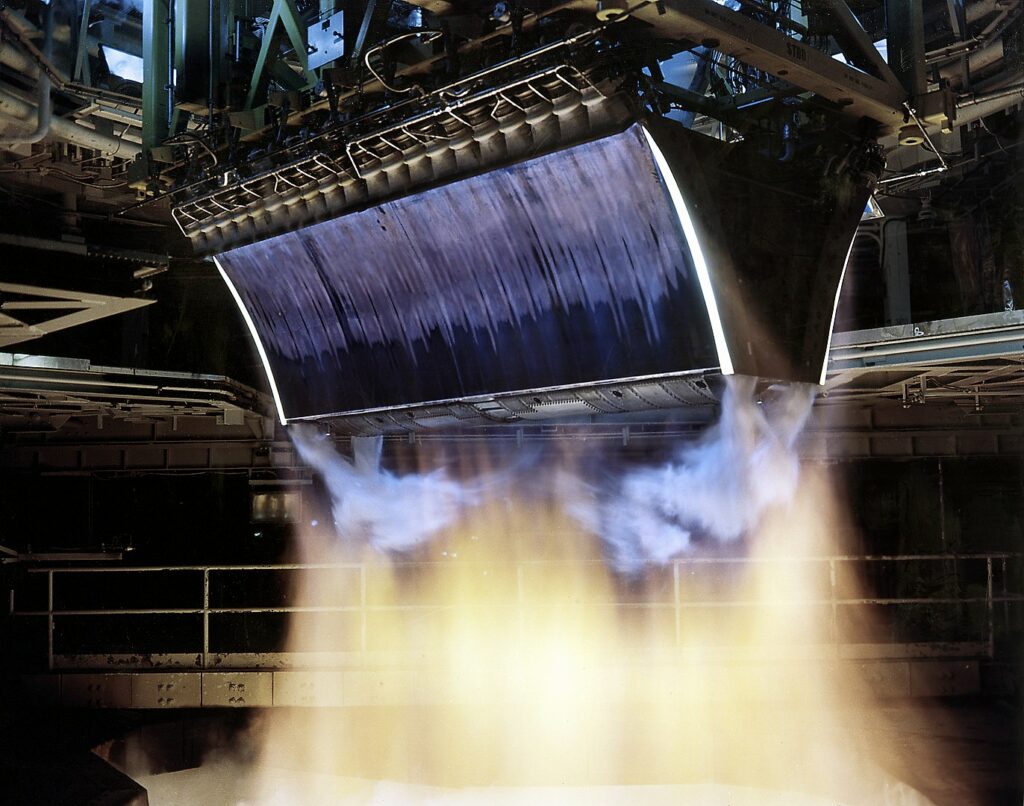
© NASA Marshall Space Flight Center (NASA-MSFC)
One of the special features of the Aurora spaceplane is its propulsion system: For the first time in the history of space flight, a so-called aerospike engine could be used. Unlike conventional engines, it can be operated without the usual rocket nozzle. In addition, its design allows it to be operated optimally at different altitudes, it is smaller and lighter, and it is more economical in terms of fuel consumption.
However, there is currently no functional engine of this type that has progressed past the test phase. Research into this still theoretical propulsion system has been going on since the 1950s, but has not yet reached the series production stage. In 2020, the TU Dresden (Institut für Luft- und Raumfahrt) and the Fraunhofer Institute for Material and Beam Technology (IWS) with CFDμSAT, a project dedicated to researching 3D-printed aerospike engines. This made it possible to incorporate ultra-fine cooling channels into the engine. This should solve one of the main problems of this technology: The strong heat generation at the central cone.
Project collaboration by TU Dresden, DLR and BHO Legal
According to Dr.-Ing. Kopp, Aerospike could be an option for the future. However, the prerequisite is that the potential can be demonstrated in practice. Until then, POLARIS relies on conventional engines, which the Bremen-based company does not develop itself, however, but instead relies on external suppliers. In addition to the TU Dresden, the DLR-Institut für Flugführung and BHO Legal are involved in the project. The law firm is respected throughout Europe for providing legal advice on high-technology projects and is considered, among other things, to be one of the drivers for a German space law.
Polaris itself describes the award of the contract to the company as a great success and points out that "virtually all technological breakthroughs in the history of space travel have been triggered directly or indirectly by the military". However, as Dr.-Ing. Kopp points out, Polaris is mainly pursuing the civilian use of Aurora.
Aurora takes off and lands similar to an airplane
As can be seen from its name, the spaceplane is to be able to take off and land on conventional runways in a similar way to an airplane. No special requirements are placed on the condition of the runways, so that worldwide use is possible.
The noise levels generated during takeoff with rocket engines are fundamentally higher, which is why more remote airfields can be considered for this purpose. In our concept, we are therefore also working on a solution in which takeoff can take place with a turbofan engine and the rocket engines are only ignited at a higher altitude.
Dr.-Ing. Alexander Kopp, CEO POLARIS Raumflugzeuge GmbH
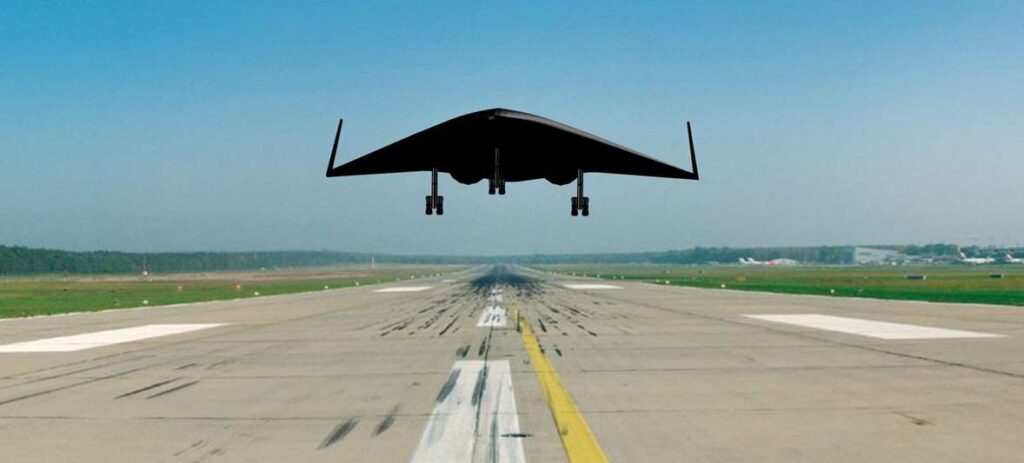
Aurora's primary mission is stated to be the launch of 800 - 1,000 kg satellites. However, scenarios serving defense and/or hypersonic flight are also conceivable. That this topic is gaining increasing relevance was recently also shown by the Inauguration of the German Armed Forces Space Command.
via POLARIS Raumflugzeuge, Fraunhofer-IWS, Dr.-Ing. Alexander Kopp

